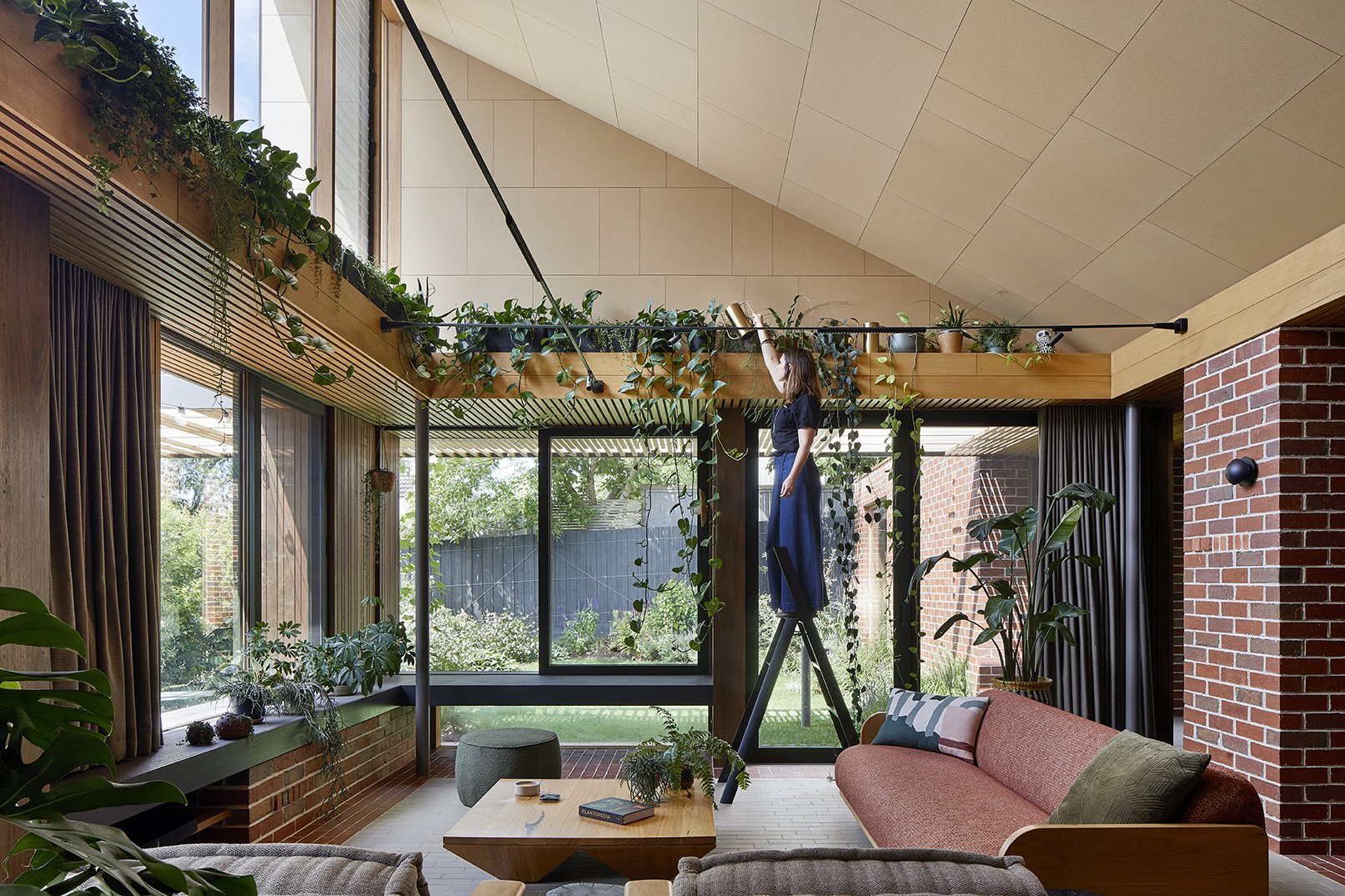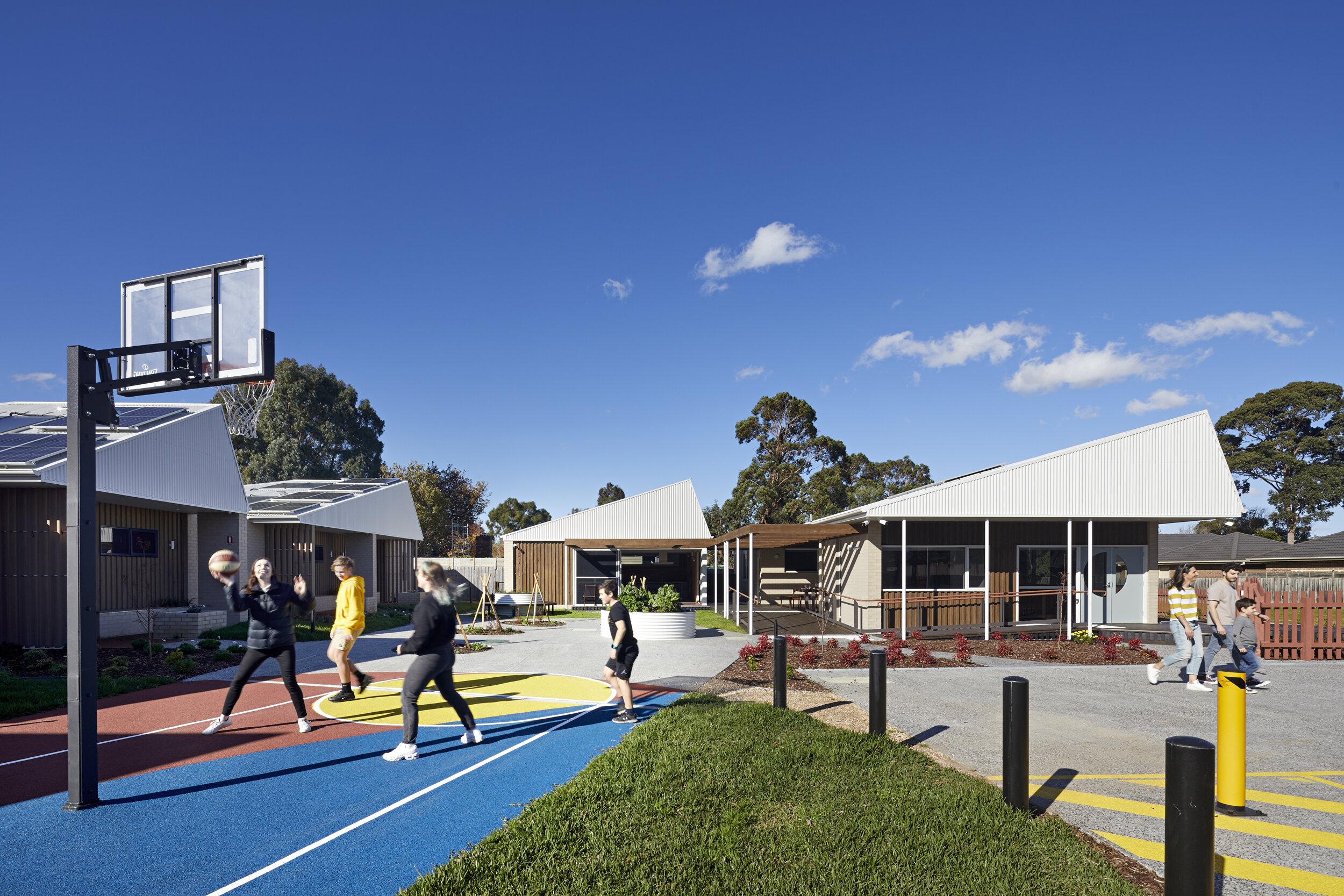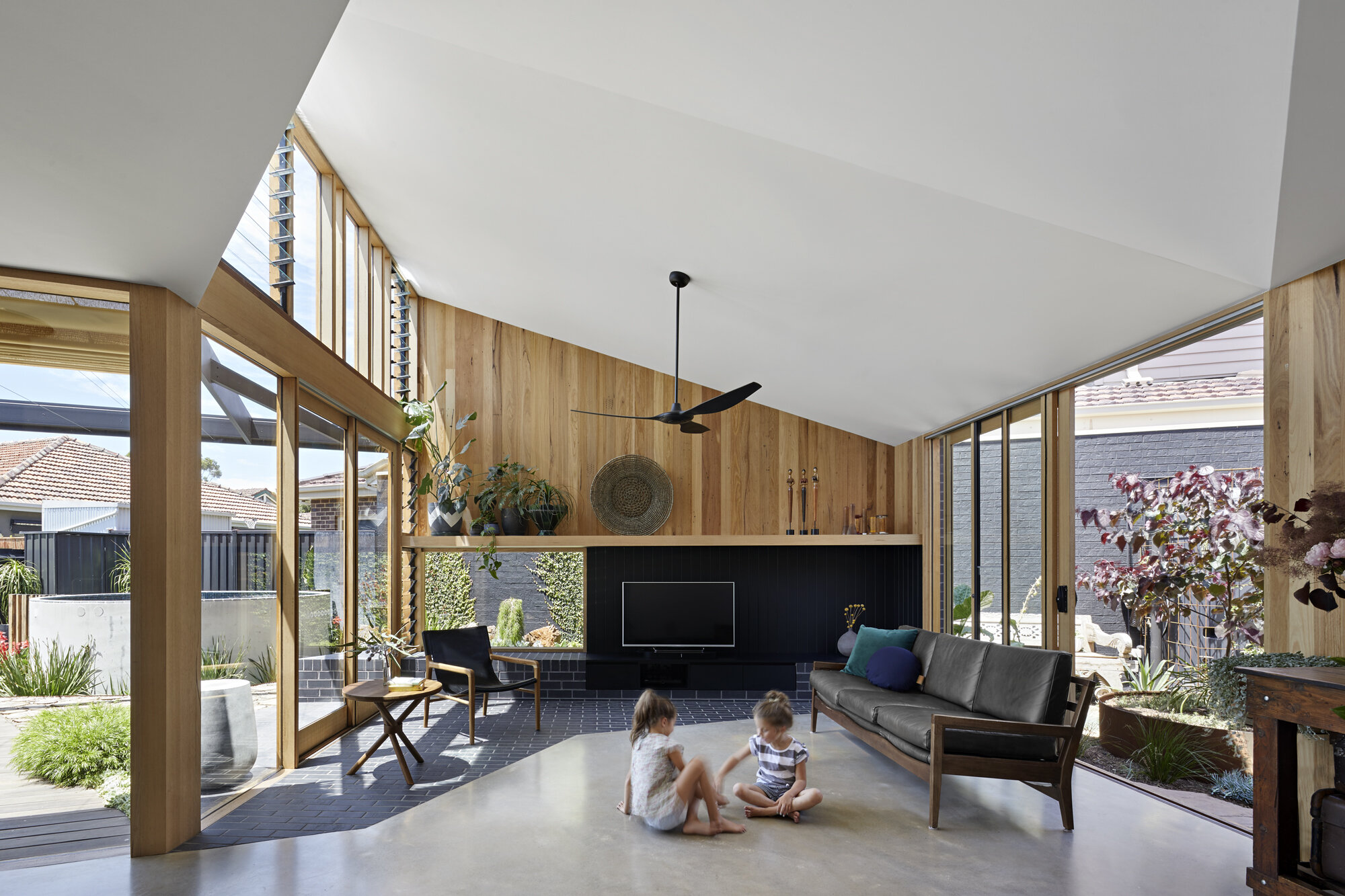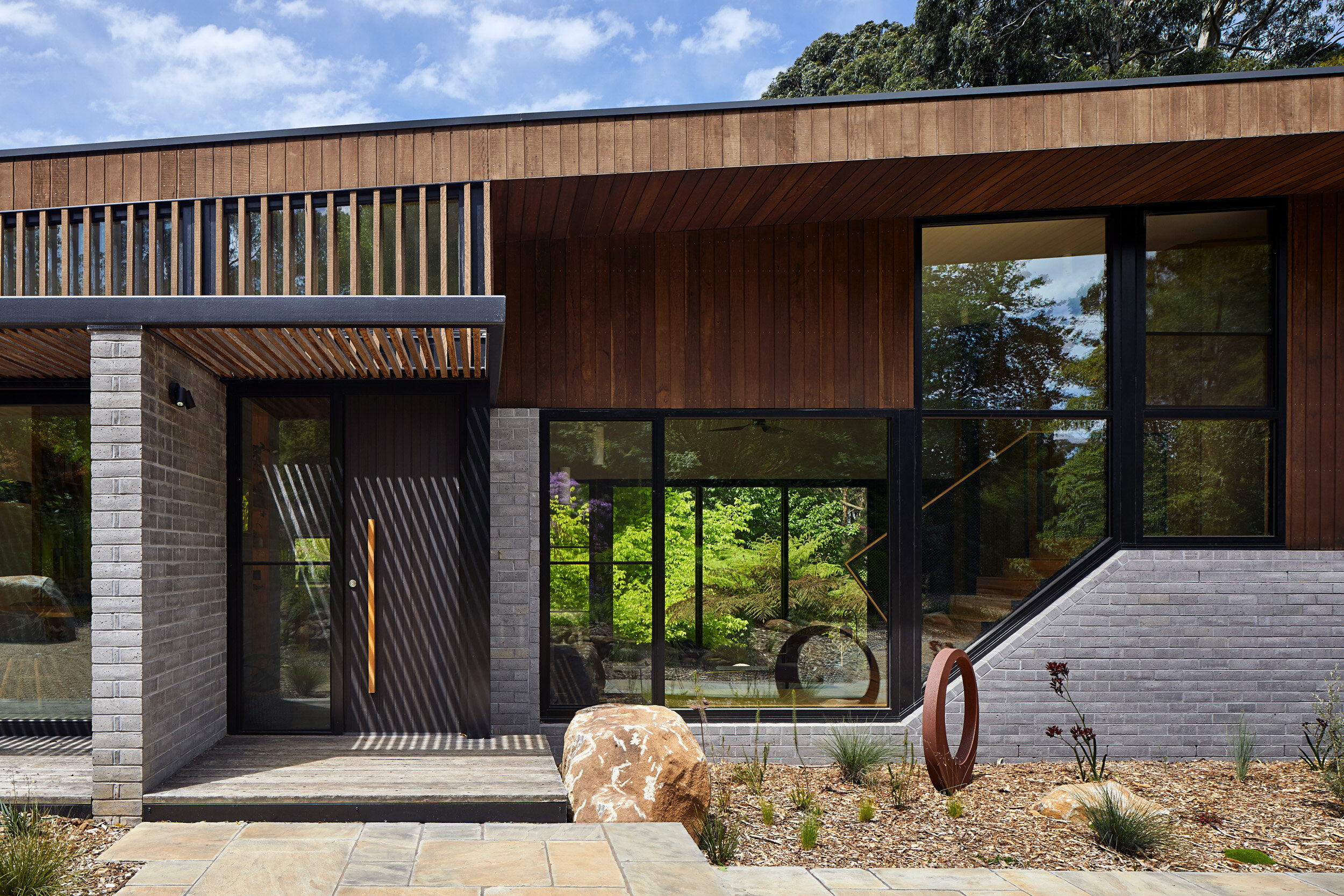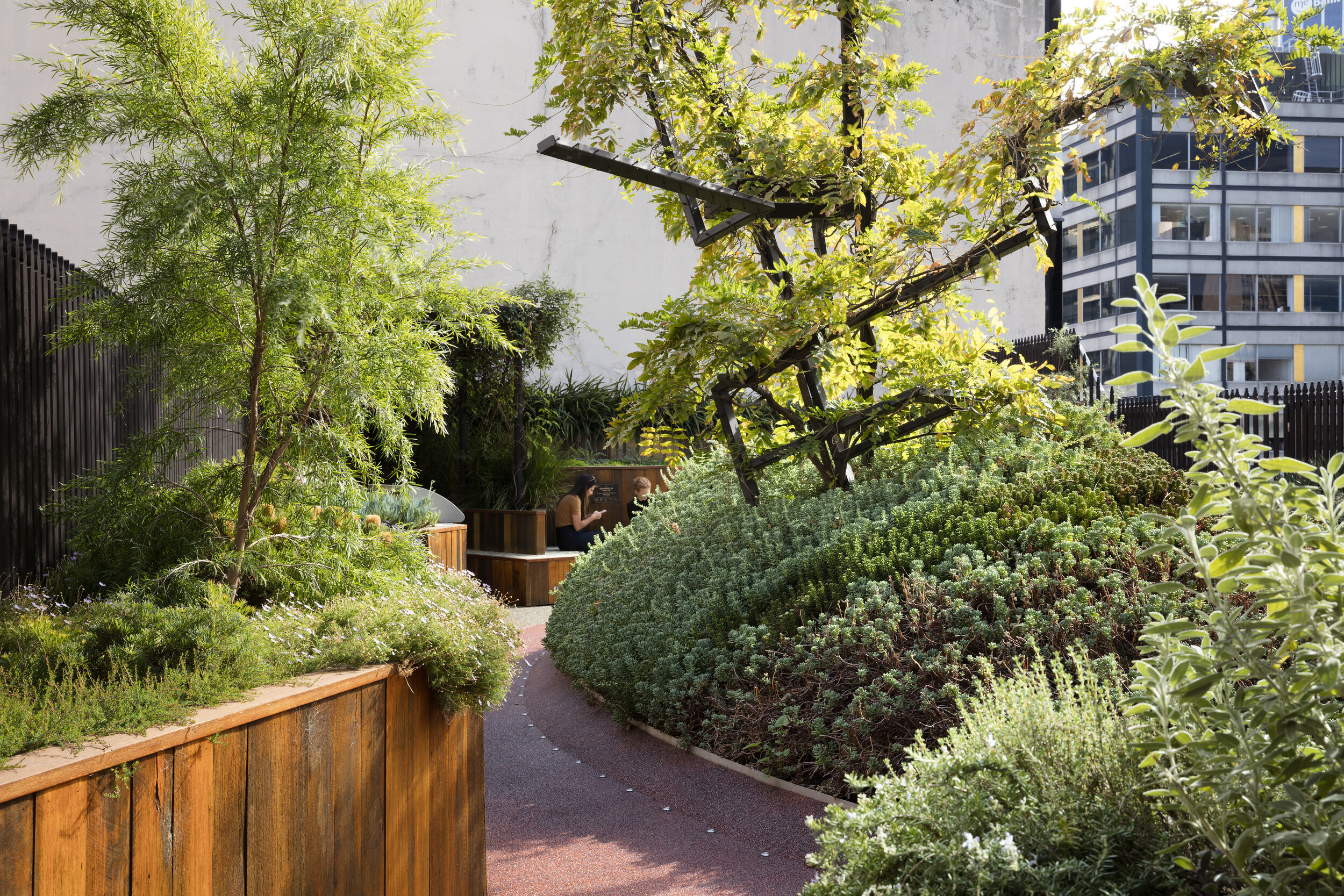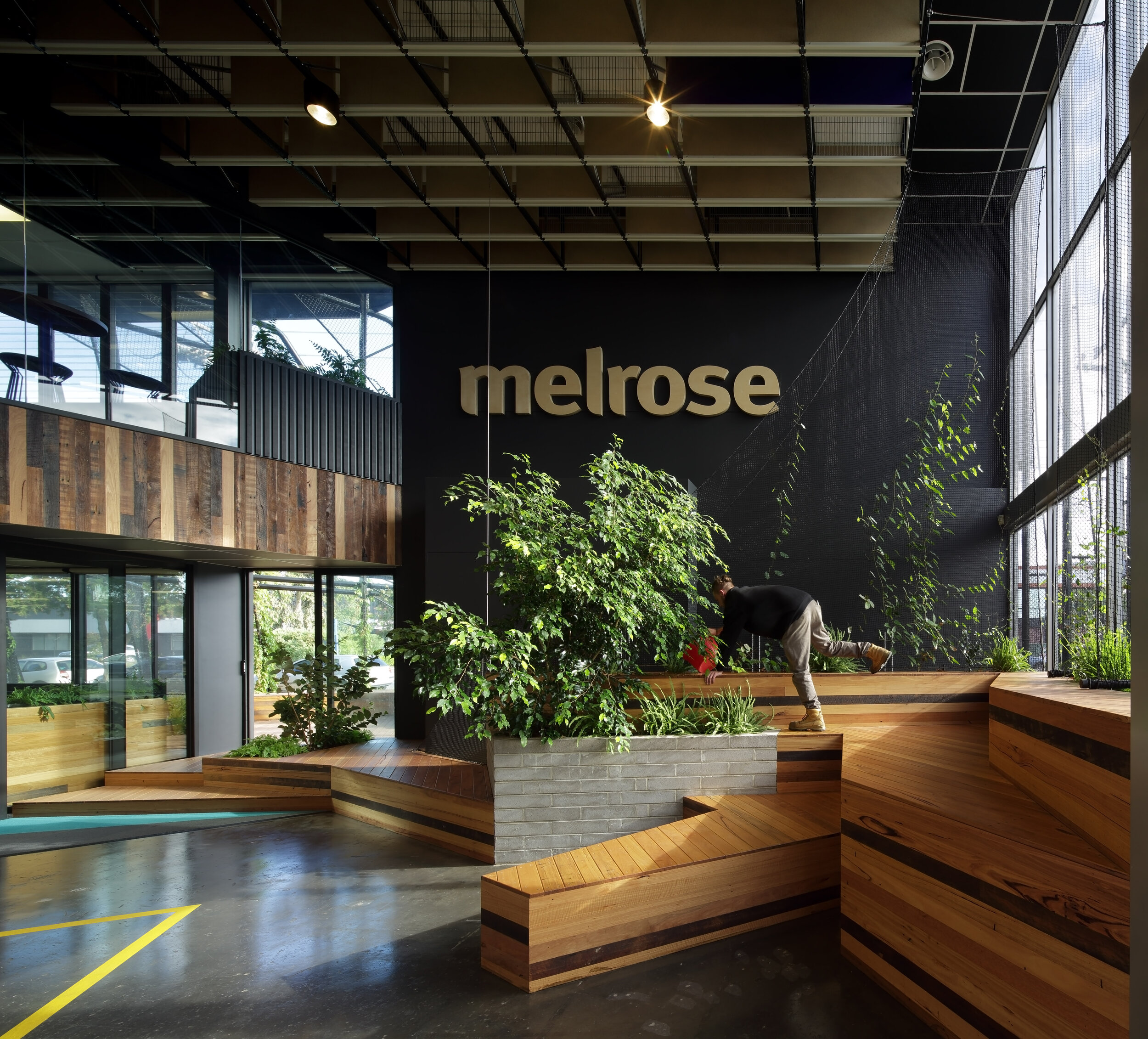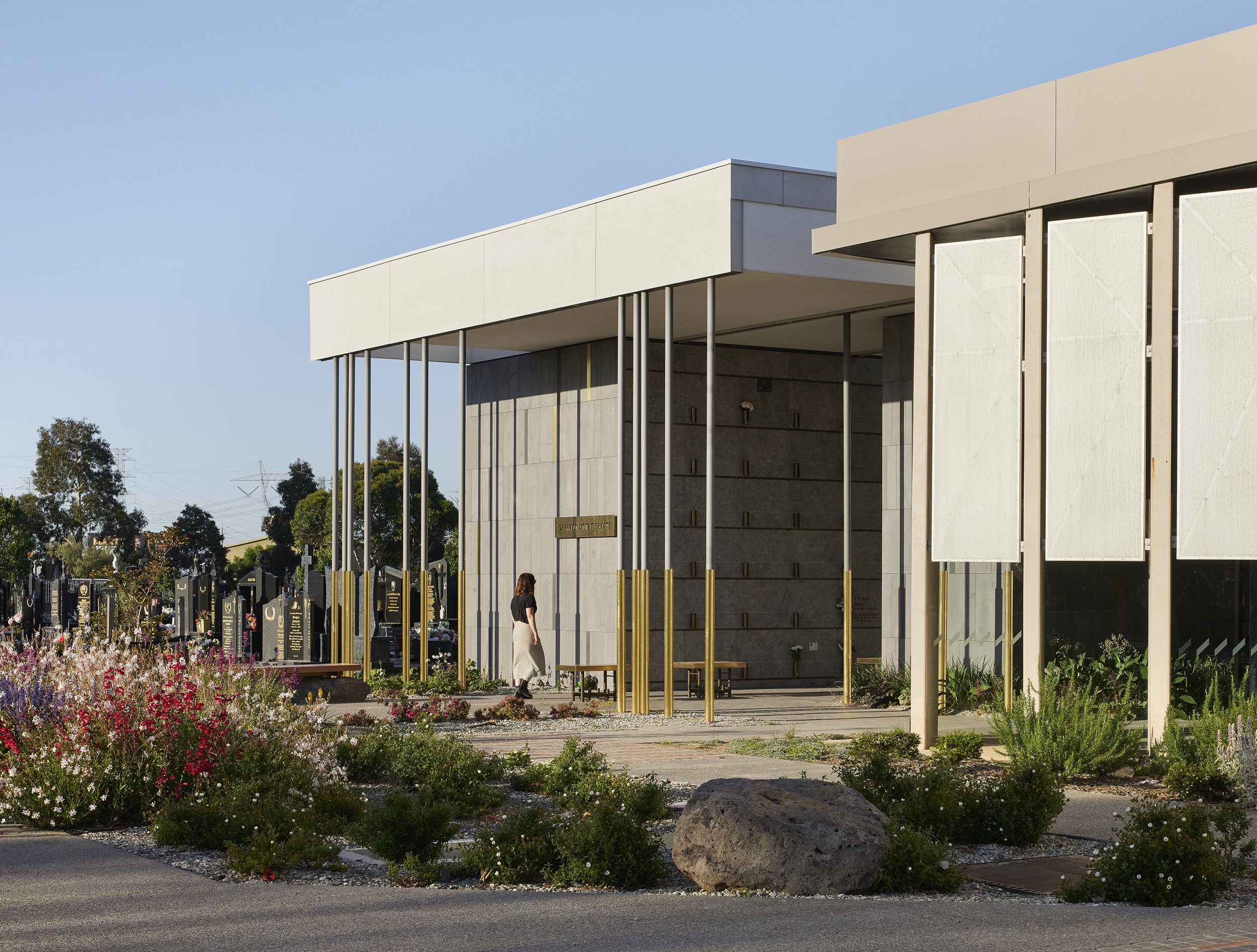You might be confused between an intensive green roof and an extensive green roof, then there's brown roofs, roof top gardens and podium decks, but not to worry, we're here to clear things up.
Firstly, let's clarify the difference between an extensive and intensive green roof. Whether a green roof is described as extensive or intensive depends on a few key aspects:
Soil Depth
Typically, an extensive green roof has less than 200 mm of soil or substrate, whereas an intensive green roof can have areas of substrate that are a metre or more in depth. This is the easiest way to remember the difference - an extensive green roof probably has a shallow layer of substrate that covers a large area, whereas an intensive green roof often has a deeper layer of substrate, confined to smaller areas.
Unfortunately it's not always this simple. As the number and variety of green roofs has increased, so has the diversity. The differences between an intensive green roof and an extensive green roof has been blurred. So it's not as easy as it used to be to classify them as intensive or extensive - a green roof might sit somewhere in between. That's why you might hear a green roof described as semi-intensive or semi-extensive, recognising this broader range of green roof types.
Extensive green roofs provide the soil depth for mass plantings of small ground covers and wildflowers which look stunning when they’re flowering. This example, on an office roof in the United States provides a layer of insulation to the building below, increased biodiversity and a food source for bees and a pleasant outlook to those around. Image Source: LiveRoof
Access
Whether people can access the green roof is another indicator of whether it is extensive or intensive. We sometimes refer to our green roofs as rooftop gardens. This helps to signify that this type of green roof is designed to be used by people. In this case, it is more likely to be an intensive green roof, with paved areas, seating and undercover areas incorporated just like you might find in a regular garden.
The rooftop garden Growing Up in Melbourne’s CBD provides seating and gathering spaces for workers in the building and features intensive planting of a variety of different species to increase biodiversity.
Plant Types
Extensive and intensive green roofs naturally lend themselves to certain plant types. The shallow soil of an extensive green roof is suited to ground covers, grasses, sedum and succulents. Of course, the plant selection will depend on the intention of the green roof, too. If it's to sustain local biodiversity, local grasses and even areas of gravel and bark (what's known as a 'brown roof') create the perfect habitat for native birds and insects. Whereas, if it's designed to insulate the building from the heat of summer, the shading leaves of a thick and hardy ground-cover might be more suitable. Regardless, the shallow depth of substrate in extensive green roofs means it can dry out quickly, so drought tolerant species are recommended.
The depth of substrate on intensive green roofs lends itself to a larger range of plant species. Virtually anything can be grown on an intensive green roof given the right substrate depth but, just like any garden, it pays to be conscious of how big the plants you're selecting will grow and what conditions they will tolerate.
Plant selection is an essential ingredient in successful green roof design whether intensive or extensive. Plants must be tolerant of the unique conditions they face in order to thrive in their rooftop position.
Purpose/Benefits
The purpose of the green roof will play a big part in whether it's designed to be intensive or extensive. Many larger buildings, for example, want to create a landscaped area over a basement carpark or above the foyer. This is what's known as a podium deck. The purpose of this type of green roof is to create usable space for people, but it may not require a deep substrate to support shrubs and trees, instead, it could be designed as a semi-intensive green roof.
The benefits you're hoping to achieve will also influence what type of green roof design you choose. An extensive green roof can expect to reduce stormwater runoff, improve the thermal performance of the building and increase biodiversity, but it's not as good at providing usable green space. That's where an intensive green roof shines. Intensive green roofs can create great usable space and increase biodiversity, but mightn't be as effective at reducing stormwater runoff or boosting thermal performance due to the open areas for people to use. So, deciding which green roof is right for you might depend on what benefits you want to achieve.










